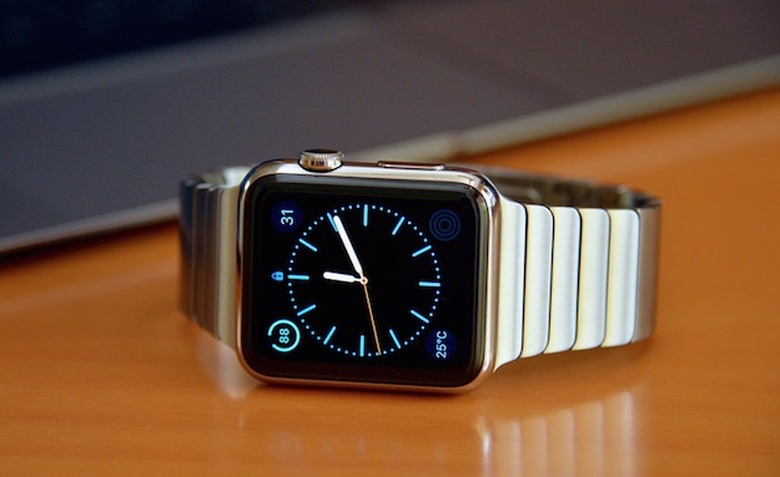Apple's 2017 Apple Watch May Be The Wearable We've All Been Waiting For
A new report from DigiTimes claims that there are some interesting changes in store for the Apple Watch. According to the publication — which admittedly has a spotty record with Apple rumors — Apple is planning to replace the OLED panels it currently uses on the Apple Watch with Micro LED technology sometime next year.
The report adds that the new display panels will be built on technology Apple acquired when it purchased LuxVue back in 2014, a company well regarded for its power-efficient micro-LED displays.
The benefits of switching from OLED to Micro LED are certainly intriguing: not only might it help increase battery life on the Apple Watch, but it may also result in a richer and more vibrant color gamut with higher resolutions. More importantly, because Micro LED panels are thinner and lighter than OLED screens, it stands to reason that the Apple Watch 3 casing will be thinner than its current form, a welcome change for those who find the current design a bit unwieldy.
DON'T MISS: Leaked photos show off the Tesla Model 3's beautiful interior
All told, the future of the Apple Watch is looking rather bright, especially given the recent unveiling of watchOS 3. As we detailed previously, watchOS 3 addresses nearly all of the major complaints that consumers had with the first iteration of the Apple Watch. From welcome performance improvements to a long overdue overhaul of the UI, the Apple Watch as a standalone product is looking more intriguing than ever before.
Broadly speaking, the Apple Watch may finally be in a position to become the success many initially assumed it would be. If we go back to April 2015 when the Apple Watch first hit store shelves, many assumed that the device would be a runaway hit. The reality, though, was quite the opposite. Though the Apple Watch has sold reasonably well, sales thus far haven't been high enough to prompt Apple to release official sales figures just yet. And while this has caused some to prematurely label the Apple Watch a flop, it's important to remember that sales of Apple's wearable during its first year of availability were higher than what we saw for both the iPhone and the iPod.
In other words, blockbuster hits don't always happen over night. Sometimes, it takes awhile for products to find their footing and truly resonate with mainstream consumers. And with the Apple Watch, it's increasingly starting to look like versions two and three of Apple's wearable will finally transform the device into the ubiquitous success many assumed version one would be.
